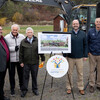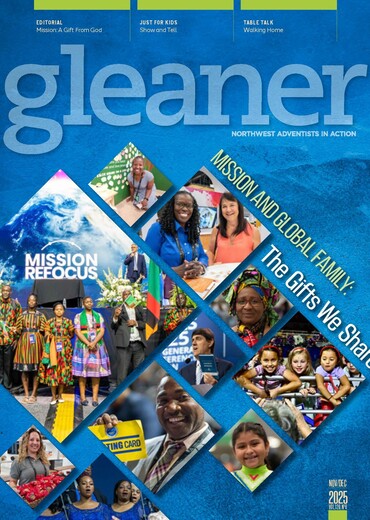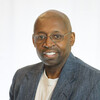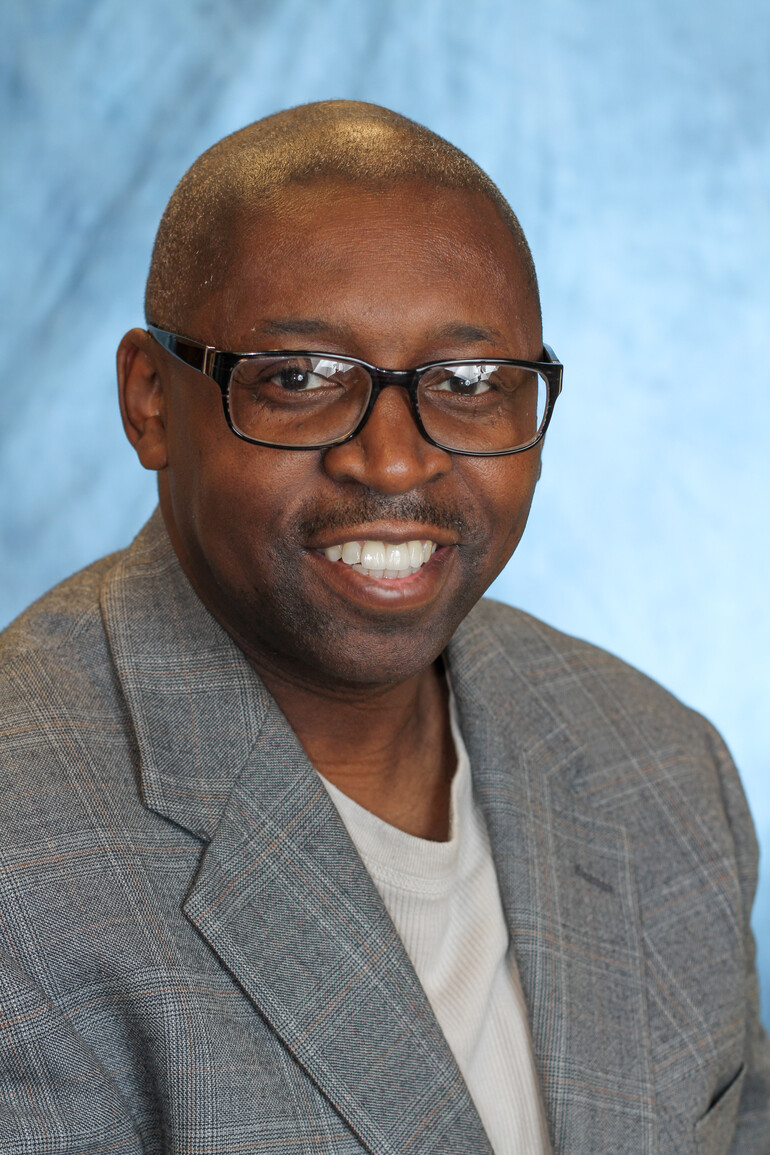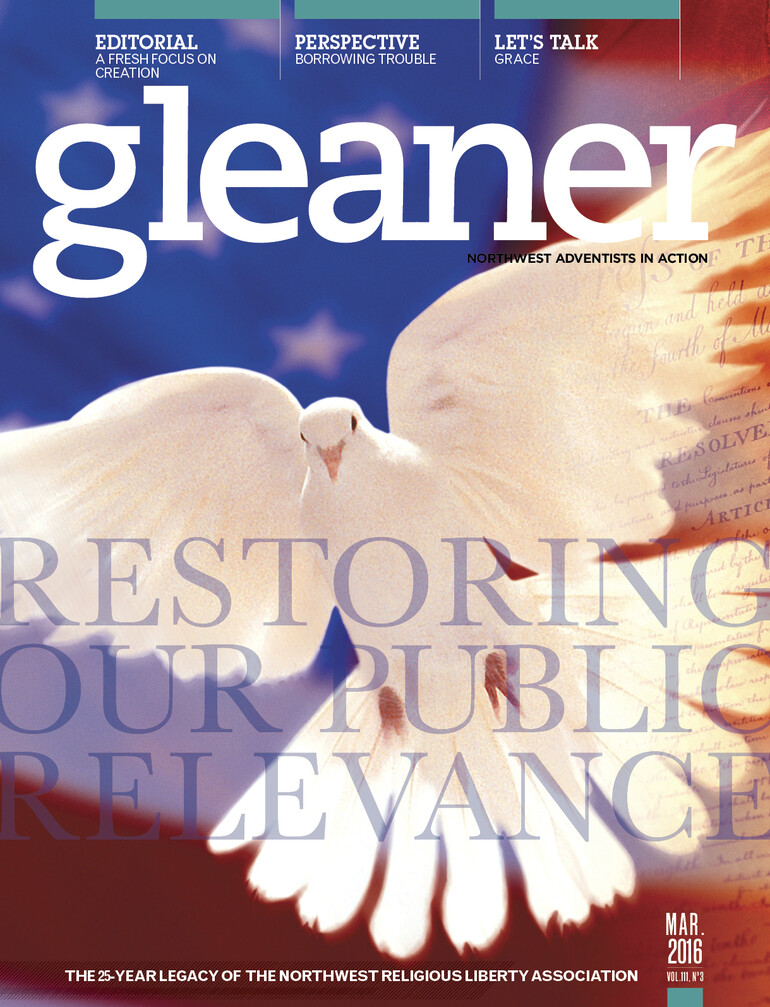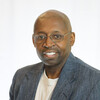Maya Angelou writes, “We all should know that diversity makes for a rich tapestry, and we must understand that all threads of the tapestry are equal in value no matter what their color.”
Recently, I attended a caucus meeting for African-American leaders in the North American Division (NAD). I sat and listened to division, union and conference presidents and other African-American leaders discuss the plight of the African-American work in the NAD.
While I found the dialogue provocative, most importantly I was more interested in what was not being said: Are regional conferences even relevant anymore? If so, what is their current role within the NAD organizational structure?
Specificity, the exclusive ministering to one people group without regard for another people group, is racist, evil, anti-Ellen White and biblically impotent if it is its own goal. However, specificity with an open mind to the gospel can be an open door to the Holy Spirit’s leading, a blessing, and the impetus to racial and ethnic reconciliation.
Two Examples
That’s how the first-century church got started. The disciples were given specific instruction to start their work among their own in Jerusalem and then go to all nations, tongues and peoples.
Under the guidance of the Holy Spirit, what started as a regional work ended up becoming the thread that opened the door to inclusion and diversity. It happen with the first-century church, and I saw it happen once right here in the Pacific Northwest.
Some years ago, I was given a call to pastor the East Central Community Adventist Church in Spokane, Wash. The church was small, with 12 members: seven whites and five blacks. It was estimated that 75 percent of Spokane County minorities lived on the east side of Spokane. My task was to evangelize to the 2 percent of African-Americans living there.
Although our goal was to specifically reach out to African-Americans, the Holy Spirit had something else in mind. We went fishing for African-Americans, but the Holy Spirit brought others into the net relative to the ratio we started out with. The church grew from our original 12 members to 171 souls: 92 white Americans, 73 African-Americans and six Native Americans in less than four years, without ever running a crusade.
What began as an ideal, a specific thread, weaved itself into a diverse and rich tapestry of people of equal value worshipping and working together to the glory of God.
Until we are willing to do what the first-century church did and do away with Roman society values, privilege and otherwise, there will always be a need for specificity within our work and regional conferences. My prayer is for God to help us to cooperate with the Holy Spirit as we minister to our communities.
Read expanded thoughts on this topic on the Washington Conference website.
